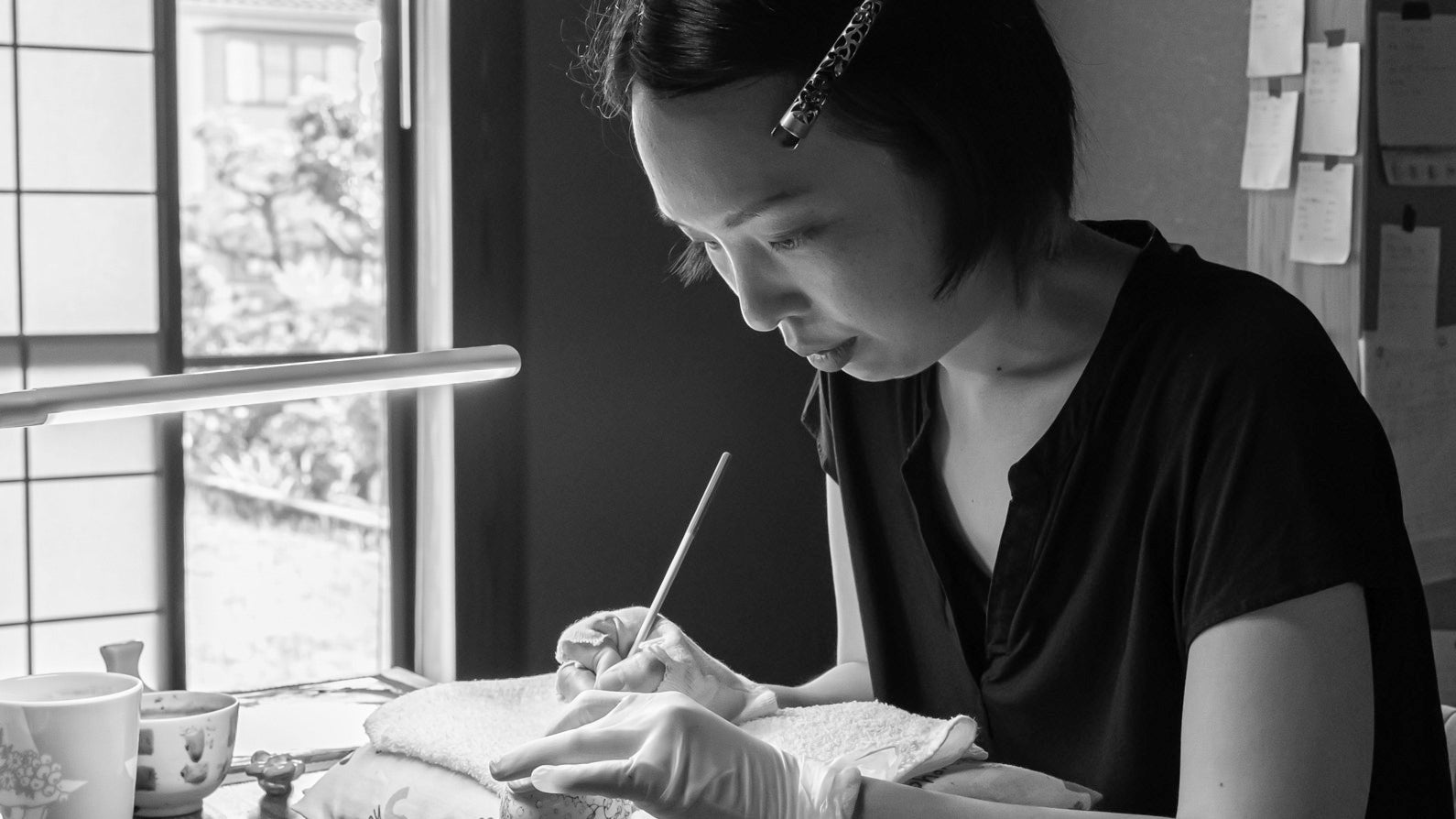
Shaped by Hand, Moved by Nature: Yamaura Saori
Von Team MUSUBI
The moment we stepped into Yamaura Saori’s home, time seemed to slow. Just past the entryway, a wooden tsuitate screen stood before a corridor of polished wood. Near its beginning, a guest room opened in quiet simplicity with tatami underfoot, a low table at the center, and six zabuton cushions arranged in the graceful manner once common in tatami rooms.
On the table, her ceramics rest on a simple tray. Each piece reflects her deep connection to both living creatures and the ever-changing moods of nature, with a hint of playfulness. Yamaura speaks with ease, her words gentle, unhurried.
As the conversation unfolds, so too does the story of an artist who shapes not only clay but a way of being entirely her own.
Table of contents

Objects Between Use and Expression
Yamaura’s works are often familiar vessels such as tea bowls, sake cups, and small vases. But each piece seems to hold something beyond function: a movement, a pause, a shift in light. Glazes ripple softly across hand-shaped surfaces in ways that feel close to waves.
Her forms bloom naturally, shaped by feel and instinct—rims left slightly uneven and fine, a body that opens with ease. The surface of each piece bears the memory of her touch. The colors reveal layering and depth, carefully considered, yet boldly expressive.

Inspiration often arrives quietly, in daily life. “When I’m at the park with my daughter, I might notice autumn leaves or something along the path,” she says. “Sometimes I’ll notice something and jot it down as an idea for a new motif.” For her, it’s subtle observations like the weather and changes in her surroundings that guide her hands. “I really do love nature,” she adds.
Her motifs might suggest a flower, a wave, or something else entirely. But Yamaura explains, “I want to leave space for the viewer’s imagination and interpretation.” That openness is part of her work’s appeal.
The Artist Behind the Clay
Yamaura’s path into ceramics is anything but conventional. Raised in Nagano Prefecture, she first pursued a degree in veterinary science, drawn to the care of living creatures. After graduating, while working in the field, she happened to take a pottery class. But she found herself simply following the teacher’s instructions, and something about that didn’t feel quite right. “I just made what I was told to make. And I felt that wasn’t quite the experience I was hoping for,” she recalls.
A trip to Kanazawa with a friend to see Kutani ware made a lasting impression. Captivated by its vivid colors and distinctive beauty, she felt a pull toward the medium. Eventually, she left the world of animal care and enrolled in the Ishikawa Prefectural Kutani Ware Technical Training Institute, where she immersed herself in both the traditions and the possibilities of Kutani ware for two years.

While the program taught classical techniques such as overglaze painting, brushwork, and detailed embellishments, including kinsai, it also encouraged exploration. Instructors gave students the freedom to experiment openly. For Yamaura, it was an ideal environment: one that honored technical skill while nurturing individuality.
After assisting at the studio of contemporary Kutani artist Muta Yoca, Yamaura relocated to Toyama Prefecture. Today, she works from her home studio. Her days follow no strict routine—they are shaped by the moment, and often by the return of her young daughter from preschool.
Built by Hand, Transformed by Fire
About half of Yamaura’s pieces are hand-shaped. She relishes the feel of clay in her hands. This method allows her to follow the curve of an idea and respond to subtle changes of the pigments after being fired.
Her signature technique of the soft, draped white glaze actually emerged by accident. “About two or three years ago,” she recalls. “I was making a sake cup, and after firing, I opened the kiln to find a long crack in it. I thought, well, I’ll just fire it again at a higher temperature, hoping the crack would close up. And then, the white glaze had created a dripped design. That’s how it all began.”

What started as an unexpected coincidence has since evolved into a carefully honed personal expression. Layer by layer, she builds the surface. “First, I apply the dark-colored wa-enogu, glass-based Japanese pigments. I fire it once, then apply more pigment and fire it again to deepen the color,” she explains. “Only after that do I add the white pigment, thinned out just enough to flow.”
The results aren’t just decorative. The white glaze interacts with the layers beneath, dissolving edges, pooling, or even carving into the surface. “Where it’s thin, it sometimes eats into the layer below, creating little openings, almost like tiny holes,” she says.

But achieving those signature drips requires more than just layering; it also comes down to heat and timing. “It’s not really about raising the temperature,” she explains. “The glaze gets thick enough to start flowing once the peak temperature is held.” The holding time, known as nerashi, is a crucial step. “The longer you maintain the peak temperature, the more the glaze melts and flows.”
Despite her meticulous planning, firings are always a little unpredictable. “It takes about four firings total,” she says with a soft laugh. “And honestly, anything can happen.”
Looking Forward
While Yamaura also works on larger pieces such as flower vases, she speaks of wanting to deepen her exploration of the soft white drips, adding more layers, trying new forms. It is a process that involves trial and error, a kind of delicate push to the edge.

Each piece captures a moment suspended in motion: the white glaze flowing just before it falls, layered over wa-enogu, the translucent pigment central to Kutani ware. Yamaura creates with calm focus, letting intuition guide her pace and process. And with every work, she continues to shape a world that is entirely her own.


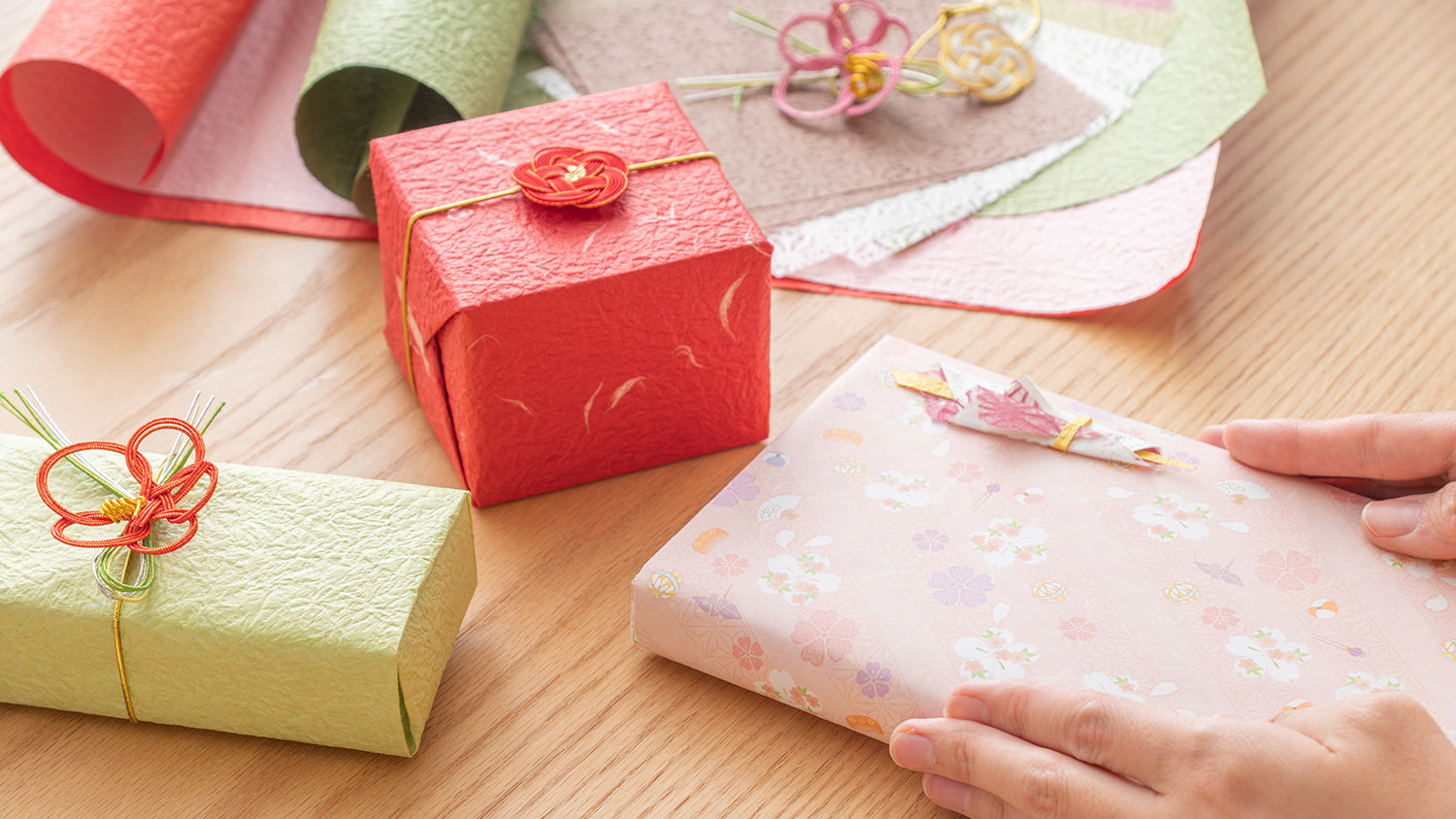

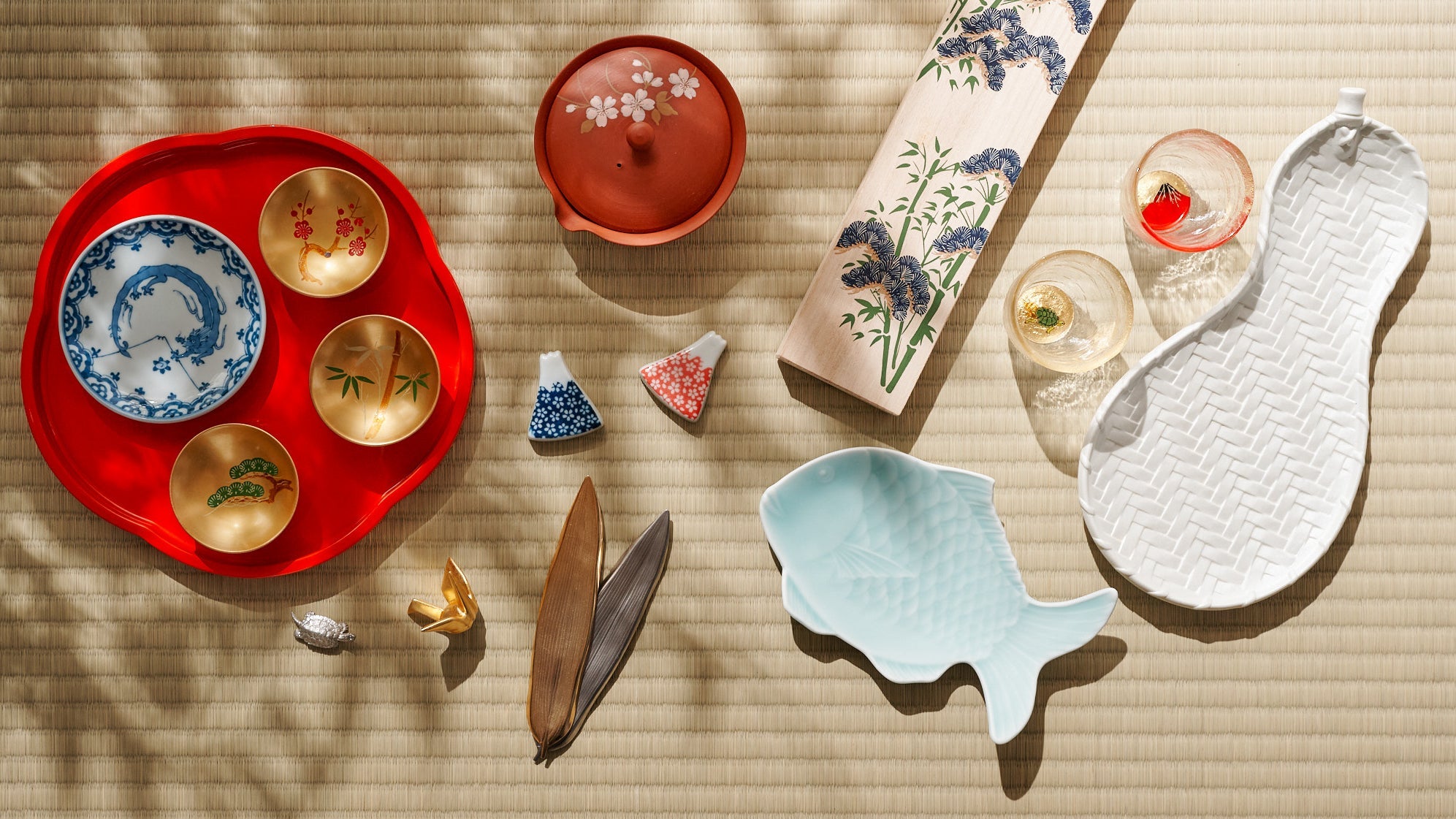
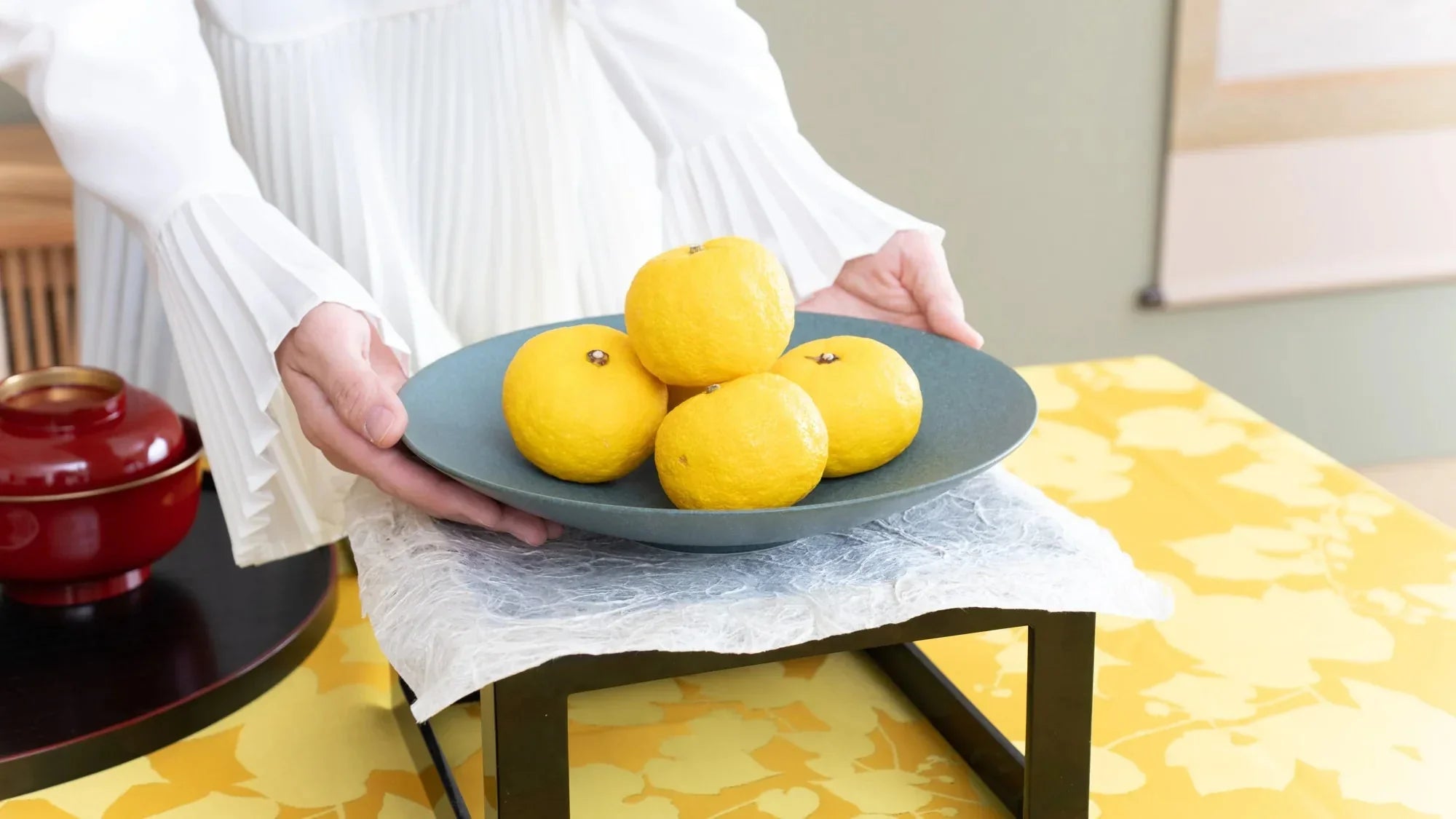
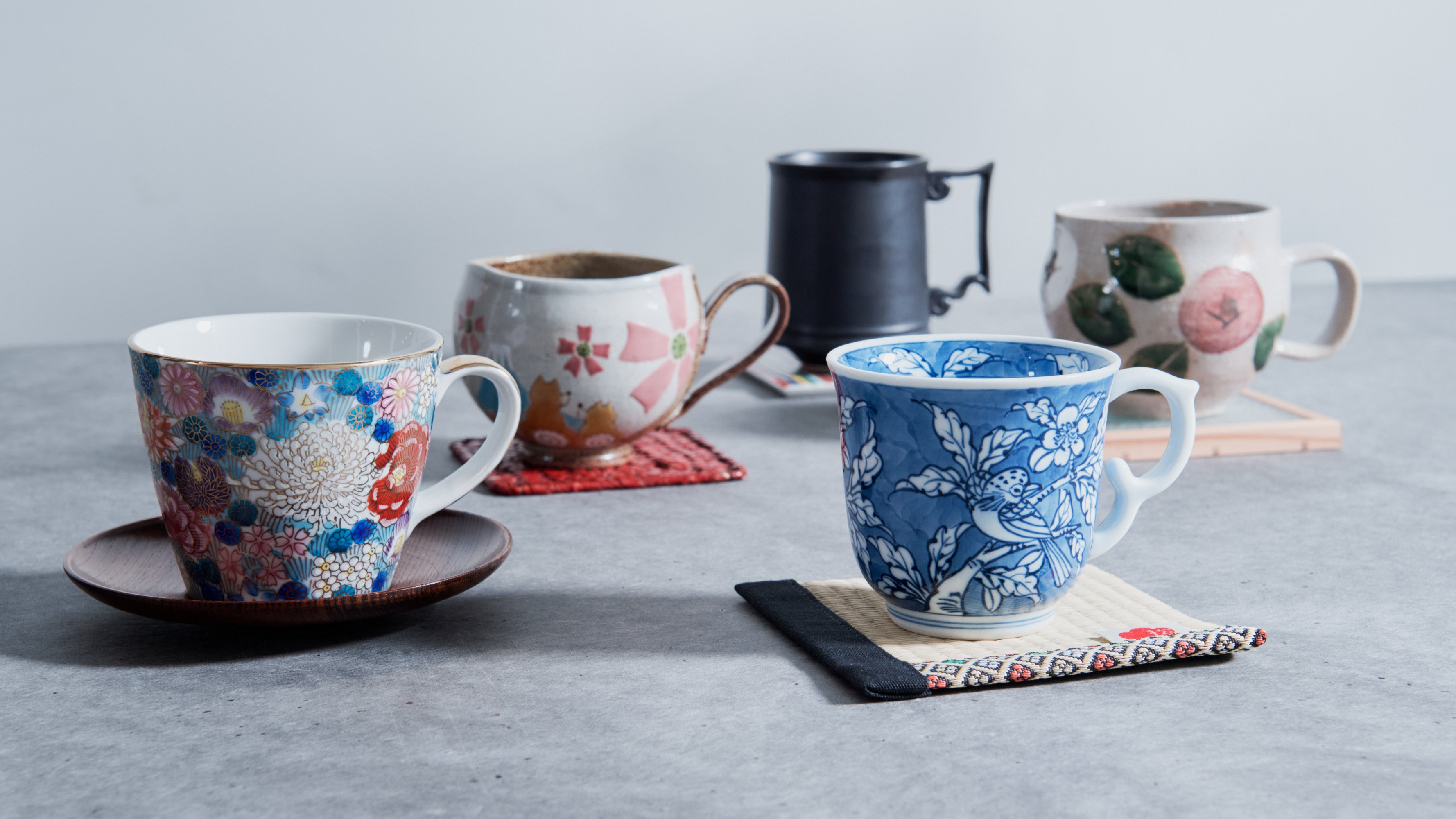
Hinterlasse einen Kommentar
Diese Website ist durch hCaptcha geschützt und es gelten die allgemeinen Geschäftsbedingungen und Datenschutzbestimmungen von hCaptcha.